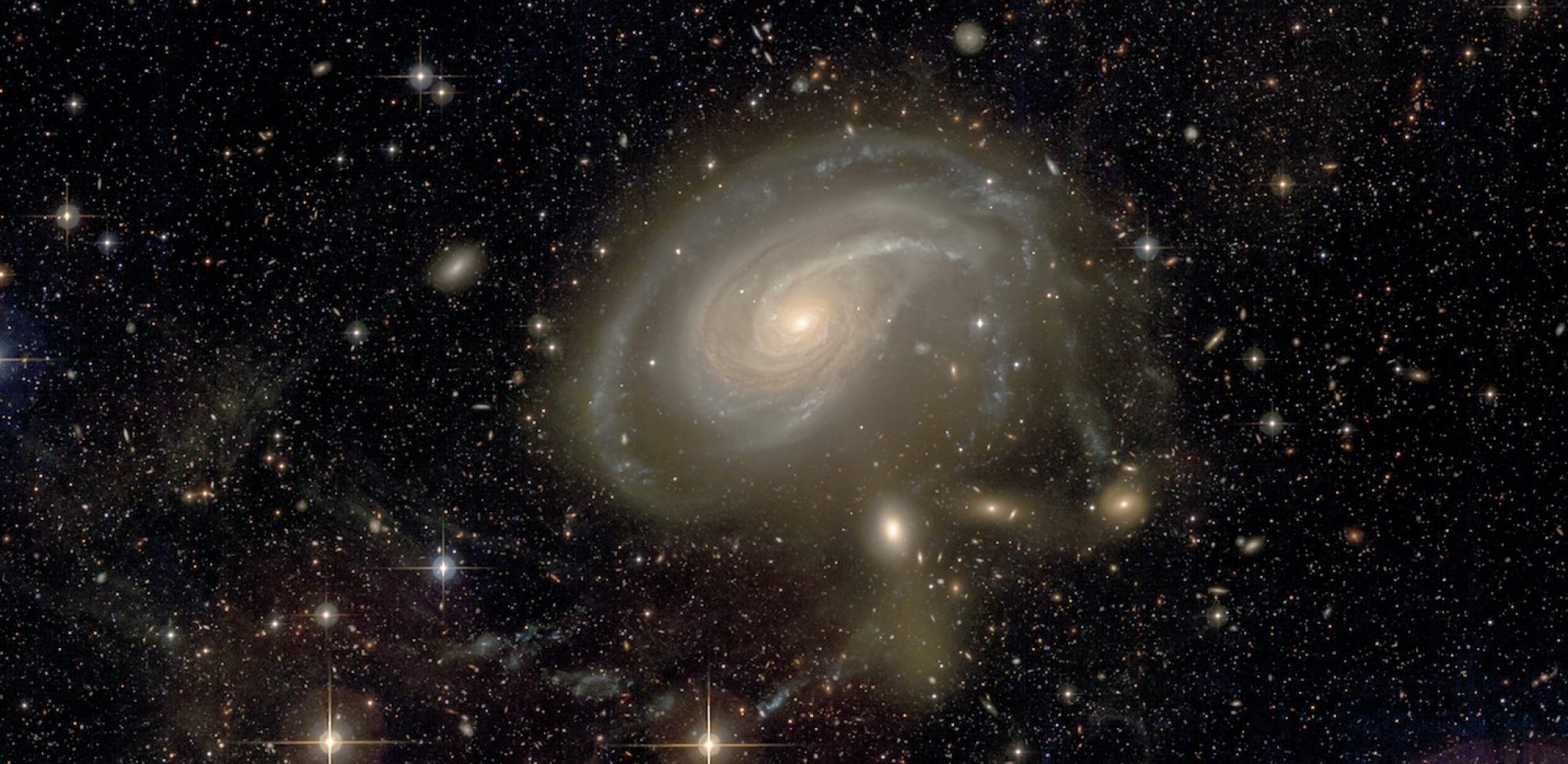
Accounting for the morphology is an essential constraint for the theory of galaxy formation. The low-surface brightness regions of galaxies host multiple morphological features that any realistic model should consider; however they are still not fully explored because of observational difficulties. Here we present the results of our visual inspections of very deep images of a complete large volume-limited sample of 177 nearby massive early-type galaxies (ETGs) from the MATLAS survey.
The images reach typically local surface-brightness limit of ∼ 29 mag arcsec−2. Using specifically designed navigation tools and questionnaires, We specifically identified several types of distinct structures in the outskirts of the galaxies such as tidal shells, streams, tail, disturbed outer isophotes or external star-forming regions, and simultaneously noted the presence of a number of artefacts and contaminating sources, such as Galactic cirrus. The procedure also included the identification of internal sub-structures such as dust lanes or bars. We discuss the reliability of this visual classification investigating the variety of answers made by the individual experts involved in the project. We present here the occurrence fractions of these structures in the total sample and the trends of the occurrence with the mass of the host galaxy and its environment density. Most importantly, we find shells, stream and tails in approximately 15% of all galaxies while they are more usual in more massive galaxies. On the contrary, the occurrence of dust patches decreases with galaxy mass. We note a strong unexpected anticorrelation of the occurrence of Galactic cirrus with the environment density of the background galaxy.
Bilek et 2020, MNRAS 498, 2138

